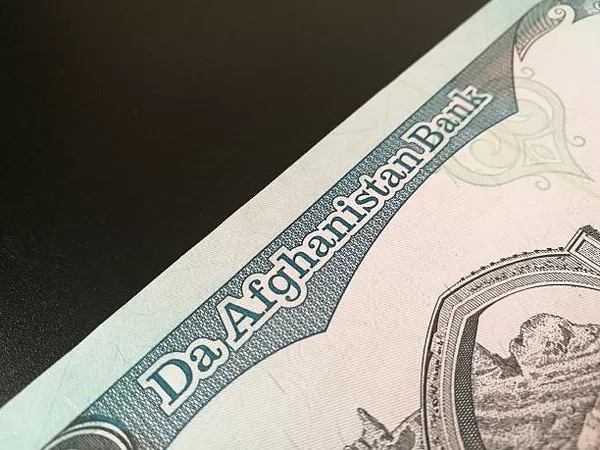In the realm of global currencies, the Afghani often stands as an intriguing subject for discussion. As the official currency of Afghanistan, it has weathered economic and geopolitical challenges over the years. This article aims to provide a comprehensive analysis of the Afghani, exploring its historical context, economic factors, and current status to determine whether it can be considered a good currency.
Historical Context
The Afghani, introduced in 1925, has a storied history marked by periods of stability and volatility. Over the years, Afghanistan has faced numerous geopolitical upheavals, including Soviet occupation, civil wars, and the more recent conflict with the Taliban. These events have significantly influenced the Afghani’s value and stability.
During periods of relative stability, the Afghani has demonstrated resilience. However, the constant threat of political instability has led to fluctuations in its value. Investors and analysts often view currencies as a reflection of a nation’s economic and political stability. In the case of Afghanistan, these factors have been a source of both strength and vulnerability for the Afghani.
Economic Factors
Several economic factors contribute to the evaluation of the Afghani’s strength as a currency. One crucial aspect is inflation. Historically, Afghanistan has experienced high levels of inflation, impacting the purchasing power of the Afghani. The lack of a stable economic environment has contributed to this issue, making it challenging for the currency to maintain its value over time.
Furthermore, Afghanistan’s reliance on agriculture, coupled with a limited industrial base, has hindered the country’s economic diversification. The economy’s vulnerability to external shocks, such as changes in commodity prices, adds another layer of complexity to the Afghani’s performance. A strong and stable currency is often associated with a diversified and resilient economy, a criterion that the Afghani struggles to meet.
Foreign Exchange Reserves and Monetary Policy
The adequacy of a country’s foreign exchange reserves is crucial in maintaining a stable currency. Afghanistan’s foreign exchange reserves have been historically limited, making it susceptible to external pressures. In times of economic uncertainty, a lack of reserves can lead to currency devaluation, further eroding the Afghani’s strength.
Moreover, effective monetary policy is essential for currency stability. Central banks play a pivotal role in regulating money supply and interest rates, influencing inflation and overall economic stability. In Afghanistan, the central bank, Da Afghanistan Bank, has faced challenges in implementing consistent and effective monetary policies, contributing to the Afghani’s vulnerability.
Global Perception and Accessibility
The global perception of a currency also influences its standing in the international financial arena. The Afghani has faced challenges in gaining widespread acceptance and trust. Investors and international businesses often favor currencies associated with stable and transparent economic environments. Afghanistan’s historical instability has, at times, led to skepticism regarding the Afghani’s reliability.
Additionally, the accessibility of the Afghani in the global market is limited. Its usage in international trade and finance is constrained, reducing its significance on the global stage. A lack of international confidence and accessibility can hinder the Afghani’s potential as a reliable currency.
Recent Developments
The recent political changes in Afghanistan, particularly the return of the Taliban to power, have added a new layer of uncertainty to the Afghani’s future. The abrupt nature of the regime change, coupled with the withdrawal of international aid, has raised concerns about the country’s economic prospects. The Taliban’s economic policies and their ability to address the nation’s economic challenges will play a crucial role in determining the Afghani’s trajectory.
Conclusion
In conclusion, evaluating the viability of the Afghani as a good currency requires a nuanced understanding of historical context, economic factors, and recent developments. The currency has faced challenges stemming from political instability, high inflation, limited economic diversification, and insufficient foreign exchange reserves. While periods of stability have showcased the Afghani’s resilience, ongoing geopolitical uncertainties and recent regime changes underscore the fragility of its economic foundation.
Investors and analysts should approach the Afghani with caution, considering the inherent risks associated with its historical context and current geopolitical climate. The key to the Afghani’s future strength lies in the implementation of effective economic policies, stability in governance, and efforts to diversify and strengthen the national economy. Until these factors are addressed, the Afghani may continue to face challenges in establishing itself as a robust and reliable currency on the global stage.


